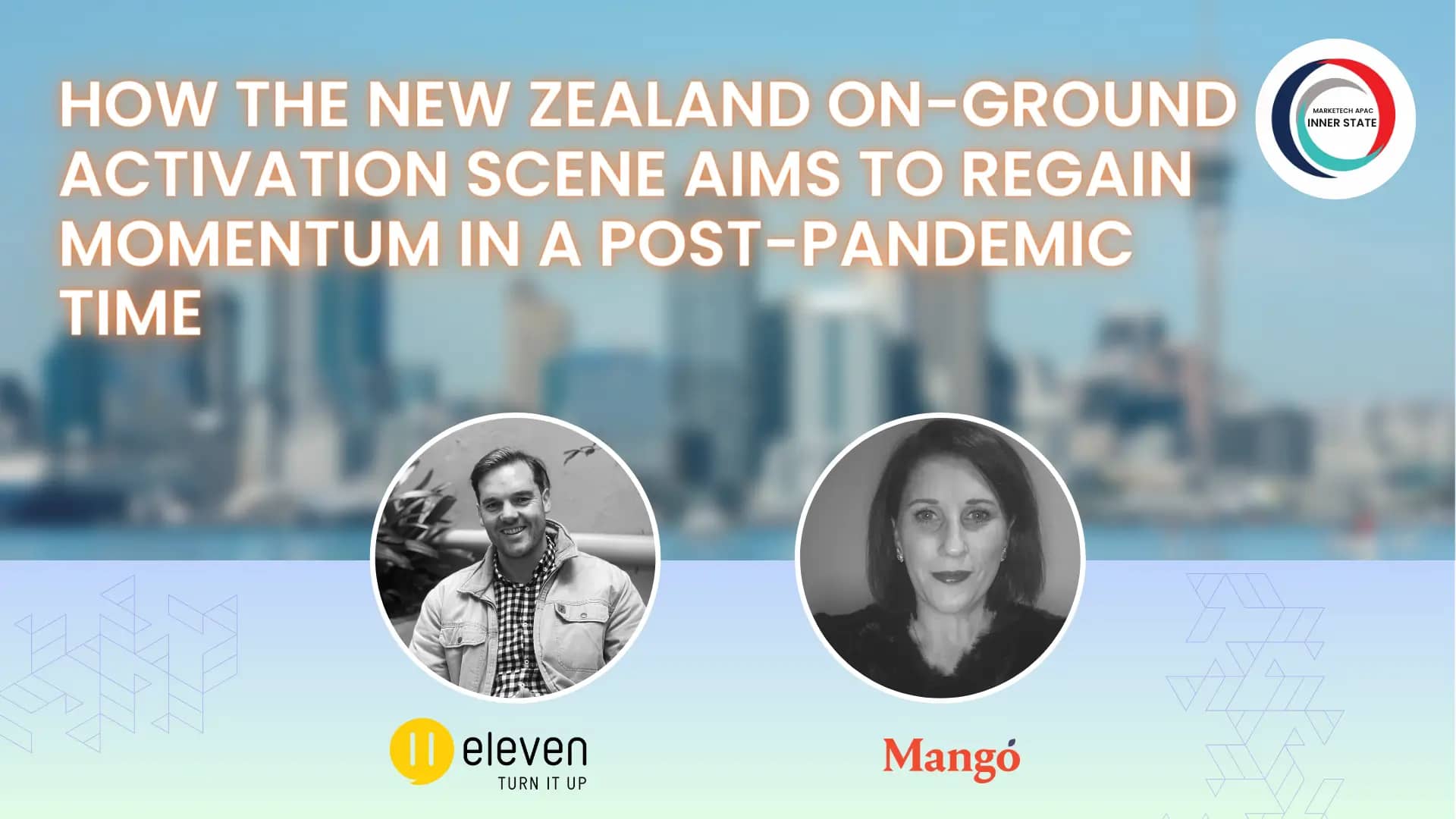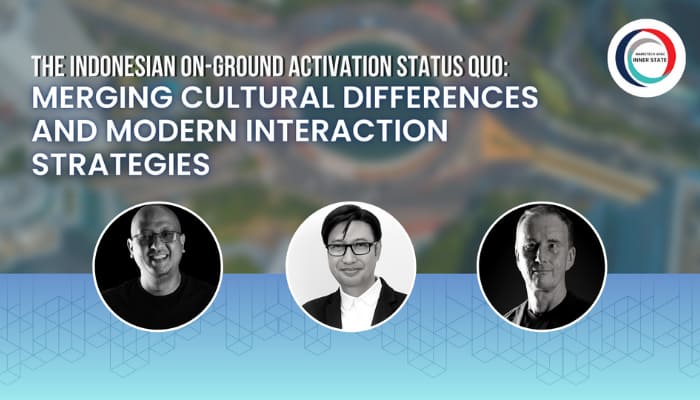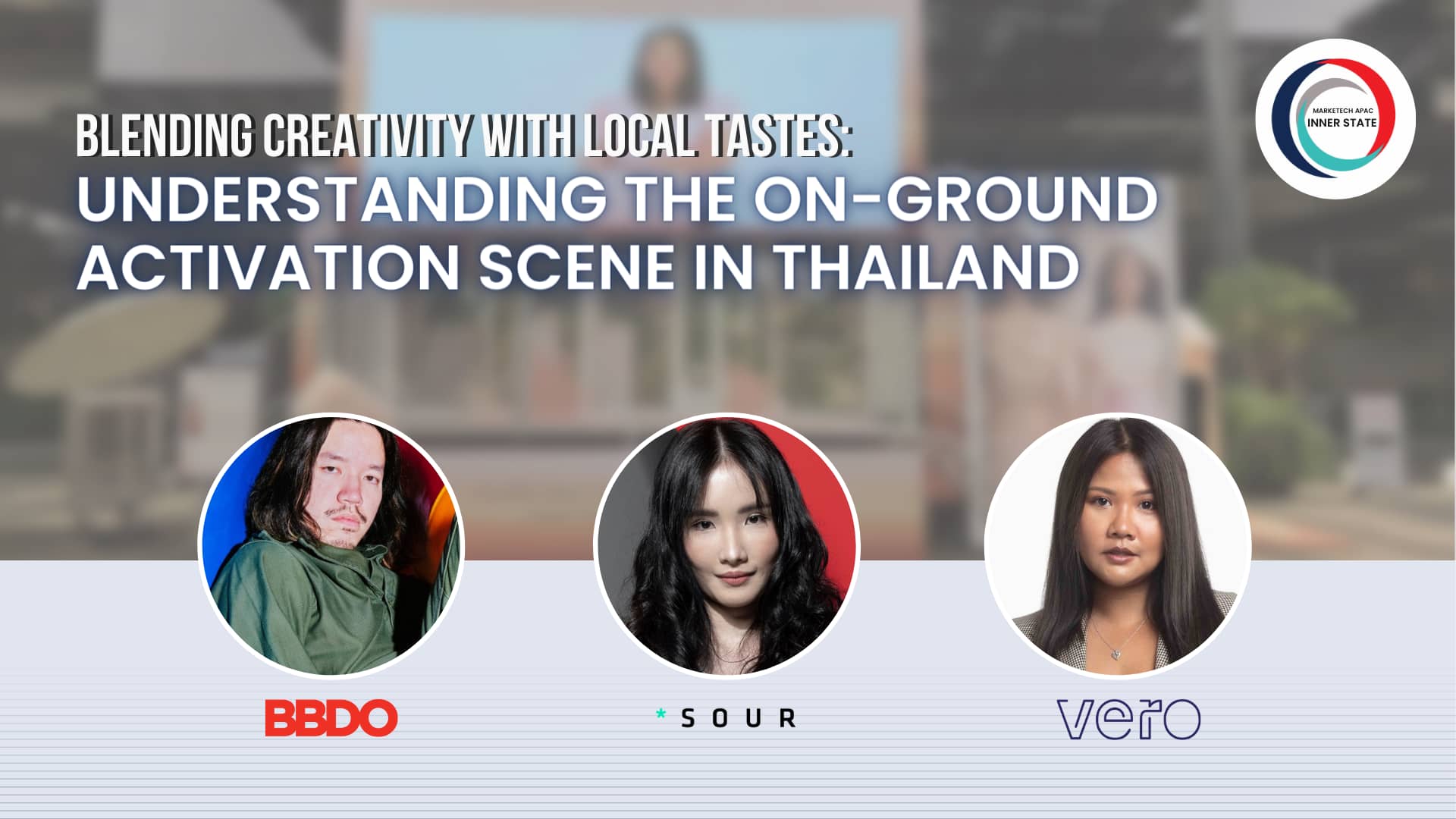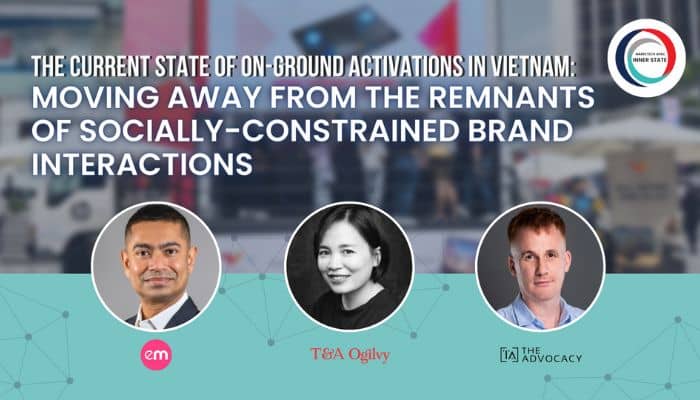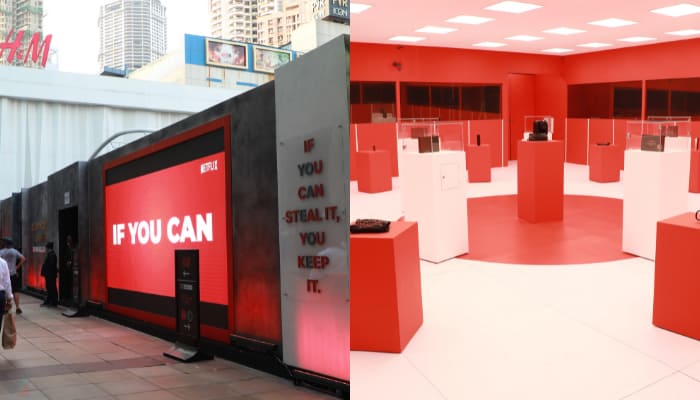The pandemic-induced era of virtual interactions highlighted the undeniable value of technology in bridging gaps and sustaining connections. Yet, it also illuminated the limitations of the digital realm, underscoring the irreplaceable authenticity of in-person interactions. On-ground activations serve as a counterbalance to the digital fatigue that many experience during prolonged periods of isolation.
Furthermore, the revival of on-ground activations is not just a return to the past, but a reimagining of the future. The lessons learned during the pandemic have catalysed innovation within the marketing and advertising industry. Hybrid models that seamlessly blend physical and virtual elements have emerged, expanding the reach of these activations beyond geographical constraints.
As the curtain rises on this new chapter, the return of on-ground activations stands as a beacon of hope, reminding us that while our world may change, our fundamental need for connection and shared experiences remains constant.
This is no different to the on-ground activation scene in New Zealand, which is slowly returning thanks to the resilience of local businesses and the government’s proactive measures. The evolution of New Zealand’s on-ground activations reflects not only the challenges overcome but also the spirit of unity that has emerged in the face of adversity.
To learn more about what industry leaders in the said market think of this industry renaissance, MARKETECH APAC’s deep dive series The Inner State spoke with industry leaders Brianna Elder, managing partner at Mango Communications NZ and Ian Benet, general manager at Eleven PR, to know about their insights on the recent changes on on-ground activations in the local market, how they are adapting to these changes, and what industries could tap more into this.
Cautionary yet excited: How New Zealand’s on-ground activation scene is dealing with a pandemic era
For Eleven PR’s Ian Benet, following the easing of restrictions in New Zealand, fervour for on-ground activations and events was coming in full force, even stating that they had the honour of working with several of these initiatives. But despite this, Benet offers a small word of caution for the industry.
“It’s too early to tell. In New Zealand, restrictions were lifted in September [2022]. Everyone is so excited to be back at enjoying life and really leveraging the power of experiential marketing to help brands really maximise the moment that we’re in,” he said, explaining how it is still early to tell whether a significant change in the on-ground activation scene was evident.
He also added that during the pre-pandemic time, a big part of the events was committing RSVPs and making sure they were coming through the doors, getting those ‘yes-es’ to the events through media or influencers. Meanwhile, in the post-pandemic times, there were no issues in getting people to attend. In addition, people really wanted to come and craved human interaction.
Benet also added that in terms of the impact on-ground activations have nowadays, people will still come to events/activations for a while. Then, in the longer run, things will settle down and the change will happen, just not drastically. And for that, he has a piece of advice to offer for brands.
“Brands, agencies and companies need to recognise that even though things will settle down, there’ll still be that craving for interaction, there’ll still be that craving for engagement and a desire for something that really captures the attention,” he said.
Meanwhile, Mango Communications’ Brianna Elder that a significant portion of these on-ground activation changes in New Zealand has something to do with the rise of experiential marketing: especially those that require more design planning on how to execute it properly.
“We’re spending way more time at the front-end of the project, and the planning and the designing of the execution to make sure it’s safe and it’s checking all the boxes from a public health and social responsibility point of view,” she said.
Moreover, Elder noted that nowadays, consumers are expecting bolder, bigger, and more creative activations while at the same time keeping the experience intimate and ideal for smaller groups of people even in larger spaces.
“We need to make sure that we are having multiple outputs and multiple touchpoints from the on-ground activations just to hit as many people as possible and give the brands the reach that they crave,” she added.
Opportunities for mobile event trucks in a growing on-ground activation industry
Both of the industry leaders have agreed that the use of mobile event trucks–albeit not yet a staple in the local scene–can help spice up upcoming activations in the near future. It is also worth noting that both industry leaders also agree that utilising a mobile event truck should not just be used as a standalone channel but rather as part of a much larger experience.
For Benet, both the brand and agency must consider how to bring a campaign to life while also utilising the mobile event truck as sort of a stage for the on-ground activation. Moreover, he adds utilising an opportunity like this must bring fresh to the consumers.
“You need to think creatively about ‘what are we trying to do here?’. At the start of the events process, I always like to be a bit cynical and scrutinise what we’re doing and think about it from a public point of view, like ‘What are we offering here?’ What are we doing that’s actually worth their eyeballs, that is worth them engaging with, that is worth the general public taking notice?” he says.
Interestingly, Benet shared about a campaign they did with local vodka brand Long White where they wanted to emphasise Kiwi culture while cheering up the people. For the campaign, they hired a truck, decorated it, put a band on it, drove through three MIQ centres, and played a 15 to 20-minute set at each location. And while admittedly this was executed without the permission from authorities, the guerrilla activation worked well for both them and the brand.
“t was a bit of a calculated risk in terms of how this would be taken, how would doing something like this be received. But I think because it was such a part of a cultural conversation at the time and something that was being extensively talked about, we were able to have a pretty good gauge of how it would be received by the general public in a way that would be positive,” he said.
Meanwhile, for Elder, while she hasn’t seen a mobile event truck being implemented in New Zealand, there is absolutely a desire in the industry for those mobile vehicle-led on-ground activations. She even remarked that a mobile event truck is like a ‘moving billboard’: it just keeps working for you even when you’re not working it. This then allows the brands to also get the chance to get out of main city centres and work with other demographics.
“The relationship and interaction change completely because they were in a completely different mindset. They’ve got time to talk to you and engage, so you have a far richer interaction with your target audience,” she said.
She further explained that when designed well, mobile executions work as they encompass many facets – the transportation method, the activation hub, the asset holder, and the work 24 hours a day – not just when the activation is live. In short, an eye-catching design and clean and clear messaging on the vehicle provides a moving billboard advantage amidst a sea of local campaigns.
How to get the local sign of approval for your on-ground activations
As advice for brands in New Zealand to have more effective on-ground activations, Elder said that it should always feed the curiosity of the locals, especially considering how much time Kiwis have spent indoors during the pandemic due to strict restrictions back then.
“Kiwis love being out, and I think for us we can often feel a long way from the rest of the world. So anything that feels new and exciting and kind of inspired by travel, art, culture or feels different will always cut through and people love it,” she said.
It is also worth noting that aside from asking permission from local authorities, brands and agencies should also be mindful of the cultural sensitivities in the market, especially considering that the native people of the country–the Maori people–have a special relationship with their native lands.
This was also echoed by Benet, who said that with proper permission, local councils and authorities recognise the value of your event or your experience is bringing. Moreover, they recognise the way a brand and agency are trying to bring joy to someone through events or experiences, and that they are good at understanding the way advertisers work.
“The council are actually quite good at recognising what we are trying to do, how we were trying to do it, and actually working with us to make it happen in a way that’s acceptable to the client and acceptable to them,” he said.
This feature is done in partnership with Unicom Marketing.
Unicom Marketing is an event management company spanning Southeast Asia that provides full-service such as roving event trucks, on-ground activation, online digital activation, and virtual event management.

